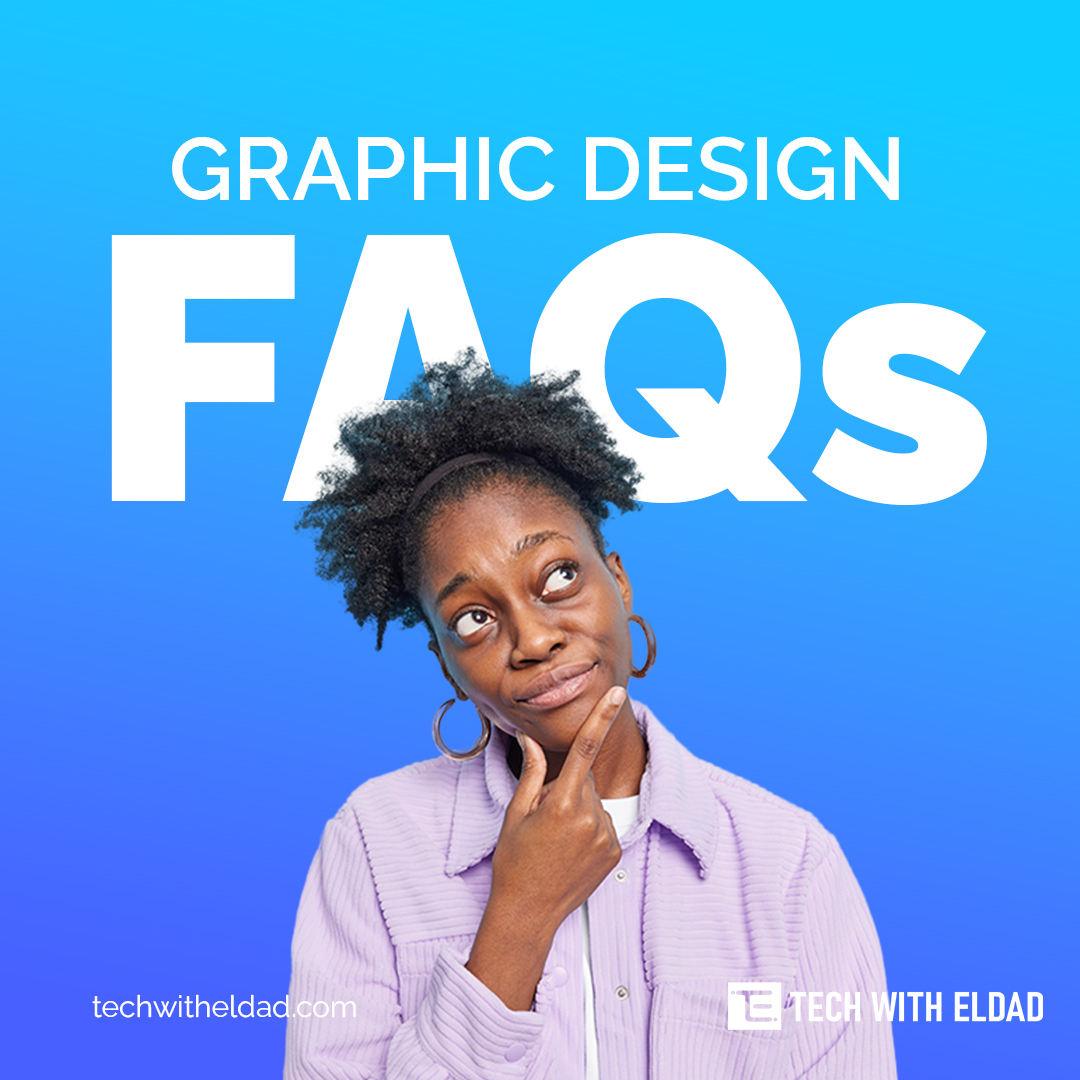Graphic design is the art and practice of planning and creating visual communications that convey information or ideas. The designer combines typography, visual arts and page layout techniques to create visual compositions. Graphic designers work with a wide range of clients and create a variety of design solutions, including logos, websites, brochures, posters, and more.
Here are some of the most frequently asked questions about graphic design:
What is graphic design?
Graphic design is the art and practice of using typography, imagery, and other visual elements to create visual communications. Graphic designers use their skills to create a variety of design solutions, including logos, websites, brochures, posters, and more.
Why do I need a graphic designer?
There are many reasons why you might need a graphic designer. If you need to create a professional-looking logo, website, or marketing materials, a graphic designer can help you create a design that is both visually appealing and effective. Graphic designers also have the skills to understand your target audience and create designs that will resonate with them.
What do graphic designers use to create their designs?
Graphic designers use a variety of software programs to create their designs. Some of the most popular software programs include Adobe Photoshop, Adobe Illustrator, and InDesign. These programs allow designers to create and manipulate images, typography, and layouts.
What are the different types of graphic design?
There are many different types of graphic design, each with its own unique purpose. Some of the most common types of graphic design include:
- Logo design: Logos are visual representations of a brand or company. They are typically used in marketing materials, on websites, and on product packaging.
- Web design: Web design is the process of creating websites. Web designers use their skills to create websites that are visually appealing, easy to use, and informative.
- Branding: Branding is the process of creating a unique identity for a product, service, or company. Graphic designers play a key role in branding by creating logos, taglines, and other visual elements that help to communicate the brand’s identity.
- Print design: Print design is the process of creating printed materials, such as brochures, flyers, and posters. Graphic designers use their skills to create print materials that are visually appealing and effective in communicating their message.
- Motion graphics: Motion graphics are animated graphics that are used in a variety of applications, such as television commercials, website animations, and video games. Graphic designers use their skills to create motion graphics that are visually appealing and engaging.
What are the principles of good graphic design?
There are many principles of good graphic design, but some of the most important include:
- Clarity: Good graphic design is clear and easy to understand. The designer should use clear typography and imagery to communicate their message effectively.
- Consistency: Good graphic design is consistent throughout. The designer should use the same fonts, colors, and styles throughout their design.
- Balance: Good graphic design is balanced. The designer should use elements of negative space and visual weight to create a balanced composition.
- Emphasis: Good graphic design has emphasis. The designer should use elements of contrast and hierarchy to draw attention to the most important elements of their design.
- Repetition: Good graphic design uses repetition. The designer should use repeated elements throughout their design to create a sense of unity.
What are the challenges of graphic design?
There are many challenges of graphic design, but some of the most common include:
- Creativity: Graphic design is a creative field, and designers must be able to come up with original and innovative ideas.
- Technical skills: Graphic designers must have strong technical skills in order to use design software and create high-quality designs.
- Deadlines: Graphic designers often work under tight deadlines, and they must be able to meet those deadlines in order to satisfy their clients.
- Client expectations: Graphic designers must be able to manage client expectations and ensure that their designs meet the client’s needs.
What is the future of graphic design?
The future of graphic design is bright. As technology continues to evolve, graphic designers will need to be able to adapt and embrace new technologies. However, the core principles of good graphic design will remain the same.
Conclusion
Graphic design is a creative and challenging field that offers many opportunities for talented designers. If you are interested in a career in graphic design, there are many resources available to help you get started. You can find graphic design courses at colleges and universities, and there are also many online resources that can teach you the basics of graphic design.
I hope this blog post has answered some of your questions about graphic design. If you have any other questions, please feel free to leave a comment below








